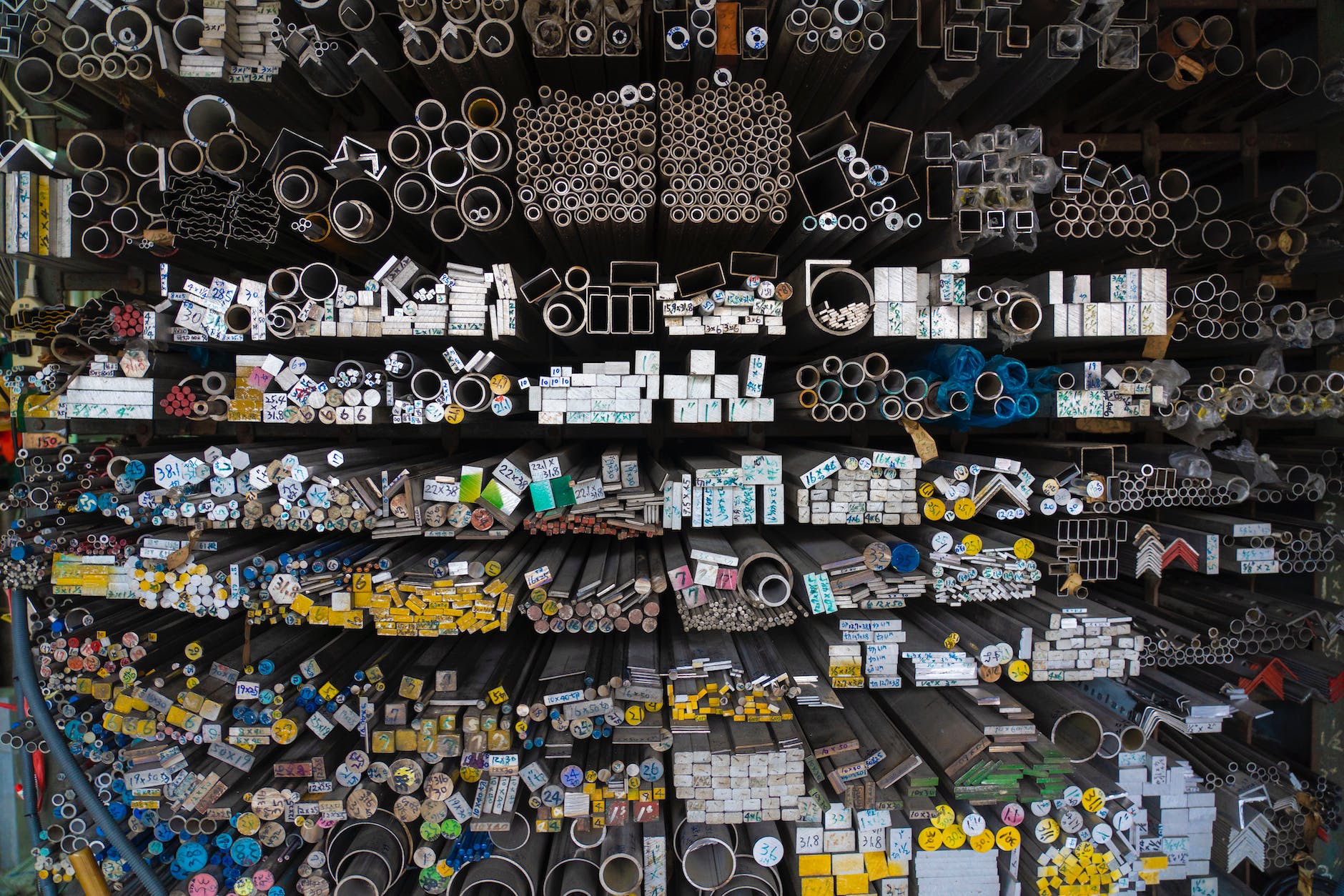We are beset by issues concerning hormone balance. We already understand many of the issues that arise when hormones simply decline with aging. We know that plants have hormone like activity. For instance, there are the estrogen qualities in soy or adrenal adaptogens such as ginseng. We can harness these plant effects to help us. We know that there are many organic substances such as phthalates, PCBs and BPA which mimic estrogens and create a burden of too much estrogen activity.
Researchers are now turning to inorganic sources of hormone disruption. In 2006, a paper was published by Darbre which identified the many metals that have an effect on estrogen receptors. These effects included changing gene expression, substituting for estrogen activity or displacing estrogen from the receptors. These actions are collectively designated “metalloestrogens”. The metals: aluminium, antimony, arsenite, barium, cadmium, chromium, cobalt, copper, lead, mercury, nickel, selenite, tin and vanadate have all been identified as exerting an influence on estrogen receptors.
This same paper identified problems at progesterone, testosterone (cadmium has been shown to produce testosterone activity, displace testosterone and affect gene changes) and even glucocorticoid (hydrocortisone–like) receptors. Darbre concludes that all steroid hormone receptors may be affected.
Some metalloestrogens are essential minerals. Cobalt, chromium, copper and nickel are needed in trace amounts. When the amounts of these minerals exceed that needed by the body, these same minerals become an interference at the hormone receptors.
Cadmium and aluminum have been implicated in breast cancer. Although the National Cancer Institute dismisses the dangers of aluminum found in antiperspirant products, we now have evidence that aluminum is absorbed into breast tissue. Since aluminum can actually act as an estrogen at estrogen receptors, we know a mechanism for proliferation of growth in the breast. Our usual habit of adding an antiperspirant under our arms after shaving our underarm hair ensures more aluminum can be absorbed. Aluminum is the most abundant mineral on earth. The first rule of toxicology is to avoid exposure to the toxin. We would be well served to avoid aluminum containing cooking pans, antacids, vaccines and cosmetics
Cadmium is problematic because there is no existing human enzyme system for its excretion from the body when we are exposed. Making matters worse, the kidneys will reabsorb cadmium rather than excrete it. The amount of cadmium in our bodies continues to increase as we age. A common source of cadmium outside of industrial uses is cigarette smoking and surprisingly, green leafy vegetables.
Cadmium may be a trigger for endometriosis. Several studies point to an association with endometrial tissue proliferation as cadmium is present and behaves as a metalloestrogen. An interesting study finds that melatonin was able to block the estrogenic effect of cadmium in endometrial tissue.
The EPA recognizes the problems with lead and women. After menopause the increases in lead levels, increases your risk “for hypertension, atherosclerosis, reduced kidney function and decreased cognitive functioning, with symptoms similar to dementia” according to their fact sheet. More information on lead can be read in this newsletter:
http://www.womensinternational.com/newsletter/article_GetTheLeadOut.html Knowing that lead can occupy hormone receptors may explain the increased health problems. The generation of us who have been exposed to lead paints and leaded gasoline have particularly higher levels of lead in our bones. This freed lead causes even more toxicity as we lose bone.
As research expands and we dig into hormone balance issues deeper, more information emerges to solve the riddle of hormone imbalances. These effects of heavy metals are not usually picked up by busy practitioners. Further many are not trained to help reduce the body load of heavy metals. These two medical groups pay particular attention to reducing problems with metals: International College of Integrated Medicine www.icimed.com and American College for Advancement in Medicine www.acam.org
Darbre, P.D. ‘Metalloestrogens: An Emerging Class of Inorganic Xenoestrogens With Potential to Add to the Oestrogenic Burden of the Human Breast.’ Journal of Applied Toxicology 2006; DOI:10.1002/jat.1135.
http://epa.gov/aging/factsheets/weh-rd.html
Silva N, Tennekoon K, Senanayake H, Samarakoon S. Metalloestrogen cadmium stimulates proliferation of stromal cells derived from the eutopic endometrium of women with endometriosis.Taiwan J Obstet Gynecol. 2013 Dec;52(4):540-5.
L.W. Jackson, M.D. Zullo and J.M. Goldberg The association between heavy metals, endometriosis and uterine myomas among premenopausal women: National Health and Nutrition Examination Survey 1999 – 2002 Human Reproduction Vol 23 No. 3 pp 679-687, 2008
http://chemicaloftheday.squarespace.com/most-controversial/2014/9/4/metalloestrogens.html
Martínez-Campa C1, Alonso-González C, Mediavilla MD, Cos S, González A, Ramos S, Sánchez-Barceló EJ. Melatonin inhibits both ER alpha activation and breast cancer cell proliferation induced by a metalloestrogen, cadmium. J Pineal Res. 2006 May;40(4):291-6.
Written by Carol Petersen and published at www.womensinternational.com
Discover more from The Wellness By Design Project
Subscribe to get the latest posts sent to your email.

